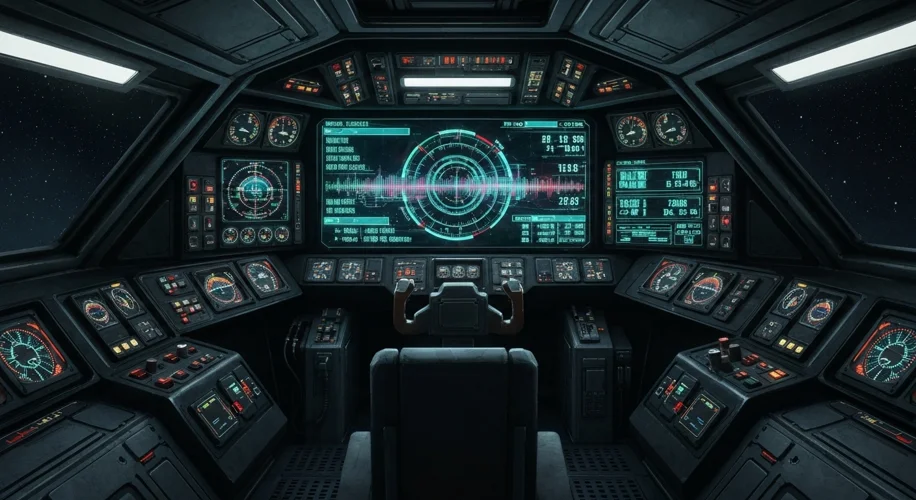Okay, so hear me out…
Sony’s CFO, Hiroki Totoki, recently dropped some real talk about the company’s push into live-service games. He basically said it’s “not entirely going smoothly.” And honestly? That’s probably the most relatable thing I’ve heard from a major gaming exec in a while.
We all know Sony is famous for its big, single-player, story-driven hits. Think The Last of Us, God of War, Spider-Man. These games are awesome, and they’re what many of us love PlayStation for. But the gaming industry is shifting. Live-service games – think Fortnite, Genshin Impact, or even Destiny 2 – are designed to keep players engaged over long periods, often with ongoing updates, seasonal content, and sometimes microtransactions.
So, Sony wants a piece of that pie. Makes sense, right? The revenue potential is huge. But as Totoki pointed out, making these kinds of games is a different beast. It’s not just about crafting a killer single-player experience; it’s about building a persistent world and keeping players hooked for years.
What does “not entirely going smoothly” actually mean? Well, we’ve seen a couple of Sony’s recent attempts, like the PlayStation Studios published The Day Before which was ultimately canceled, and the mixed reception for Suicide Squad: Kill the Justice League. These aren’t necessarily direct live-service failures, but they indicate the challenges in hitting the mark with new, ambitious multiplayer projects.
Building a successful live-service game takes a lot of things: robust online infrastructure, a strong understanding of player engagement loops, continuous content delivery, and managing a community. It’s a marathon, not a sprint, and it requires a different development mindset. It’s easy to get wrong. You need to balance monetization without alienating your player base, constantly update content to keep things fresh, and ensure the core gameplay loop is incredibly addictive.
But here’s the catch: Totoki also pledged to “carry on and learn from mistakes.” That’s the crucial part. They’re not throwing in the towel. Instead, they seem committed to figuring out what works for them in the live-service space. This could mean adapting their development strategies, investing more in specific technologies, or even acquiring studios with proven live-service expertise.
For us players, this means we might see some more experimentation from Sony. Maybe not every game will be a smash hit right out of the gate, but the fact that they’re acknowledging the difficulties and are willing to learn is a good sign. It suggests they’re serious about this direction, rather than just dipping their toes in.
It’ll be interesting to see how they apply these lessons. Will they lean more into their existing franchises to build live-service versions, or will they try entirely new IPs? Whatever happens, it’s clear Sony sees a future in games that live and evolve long after launch, and they’re willing to put in the work – and learn from the bumps along the way – to get there. Let’s hope they can find that sweet spot between their acclaimed single-player pedigree and the demands of the live-service model.

